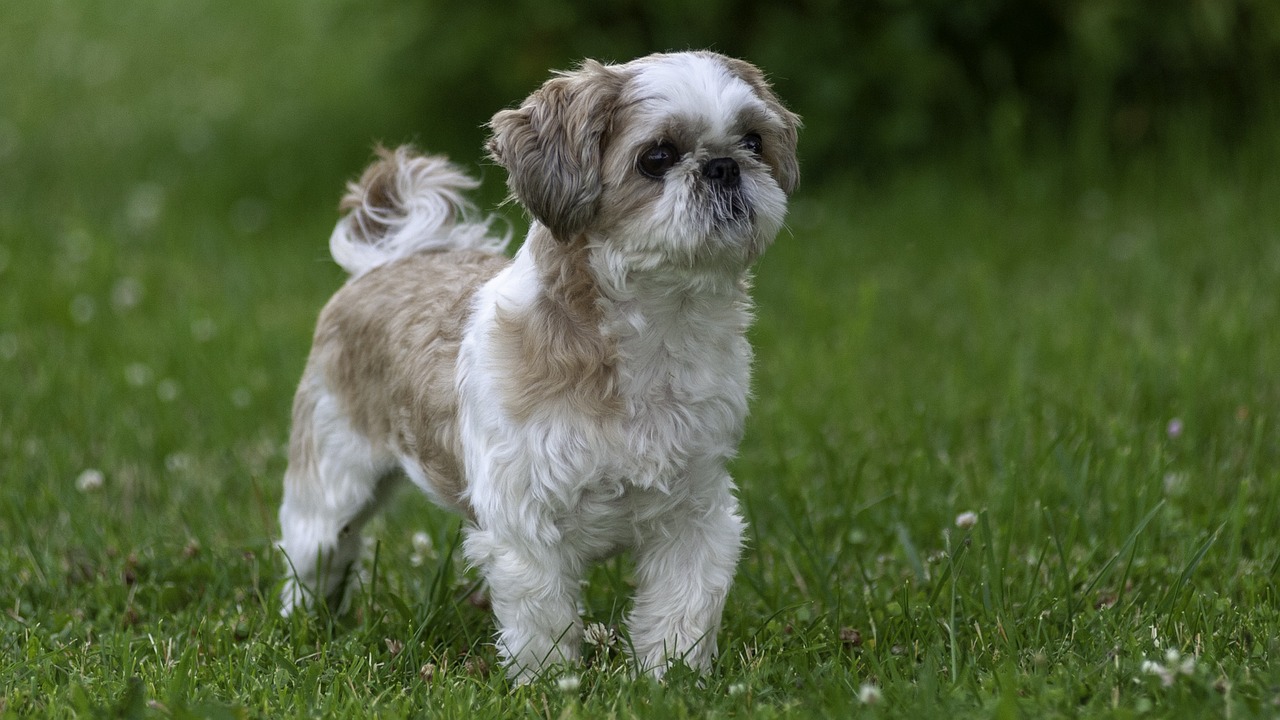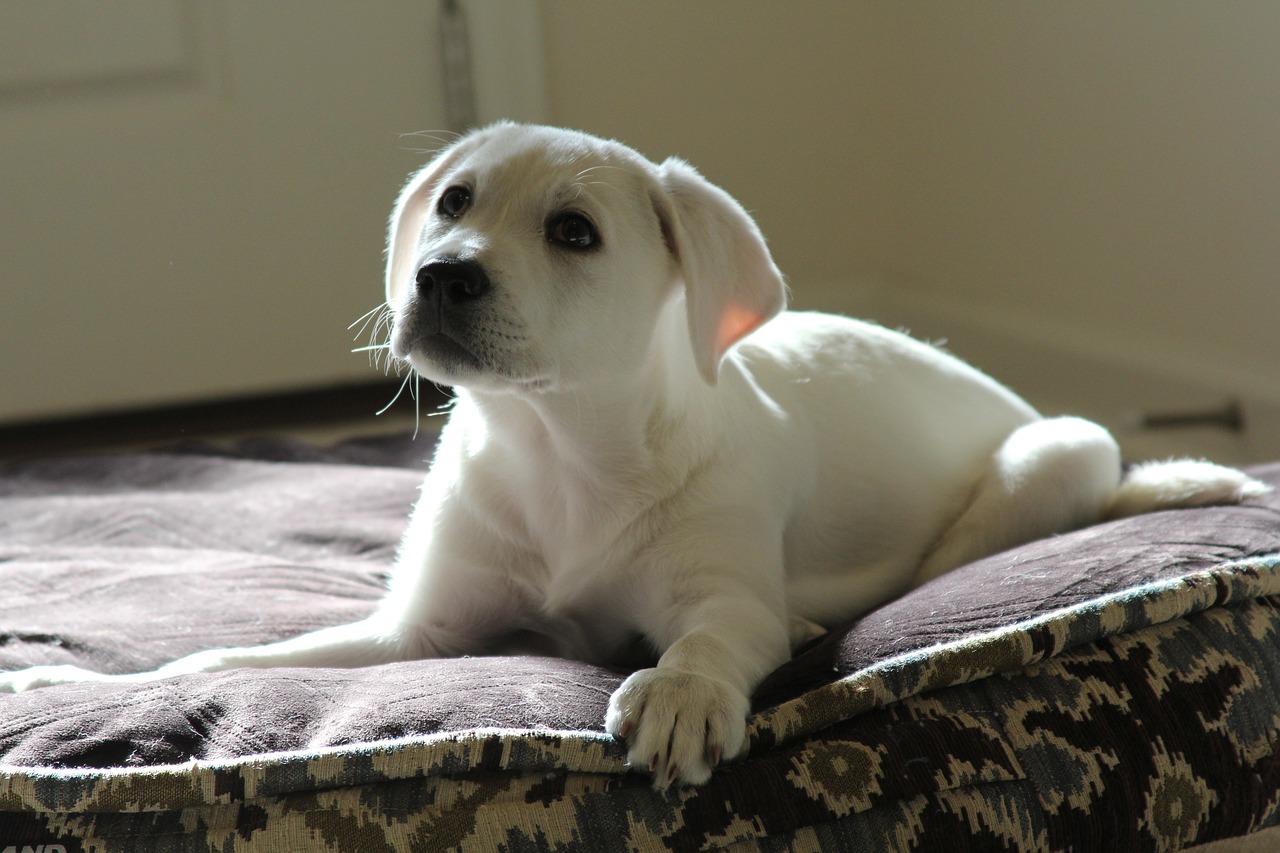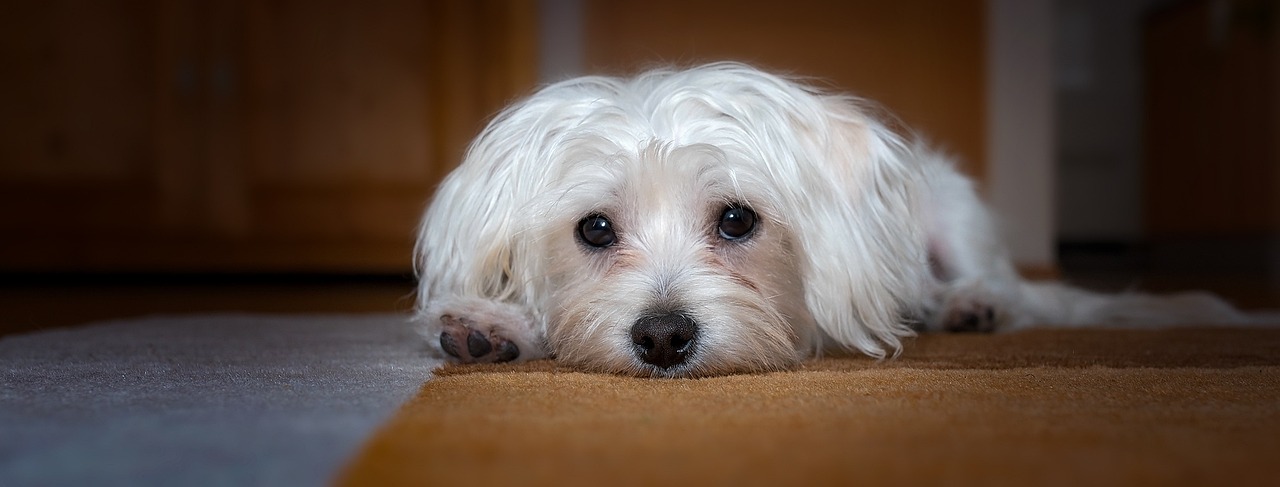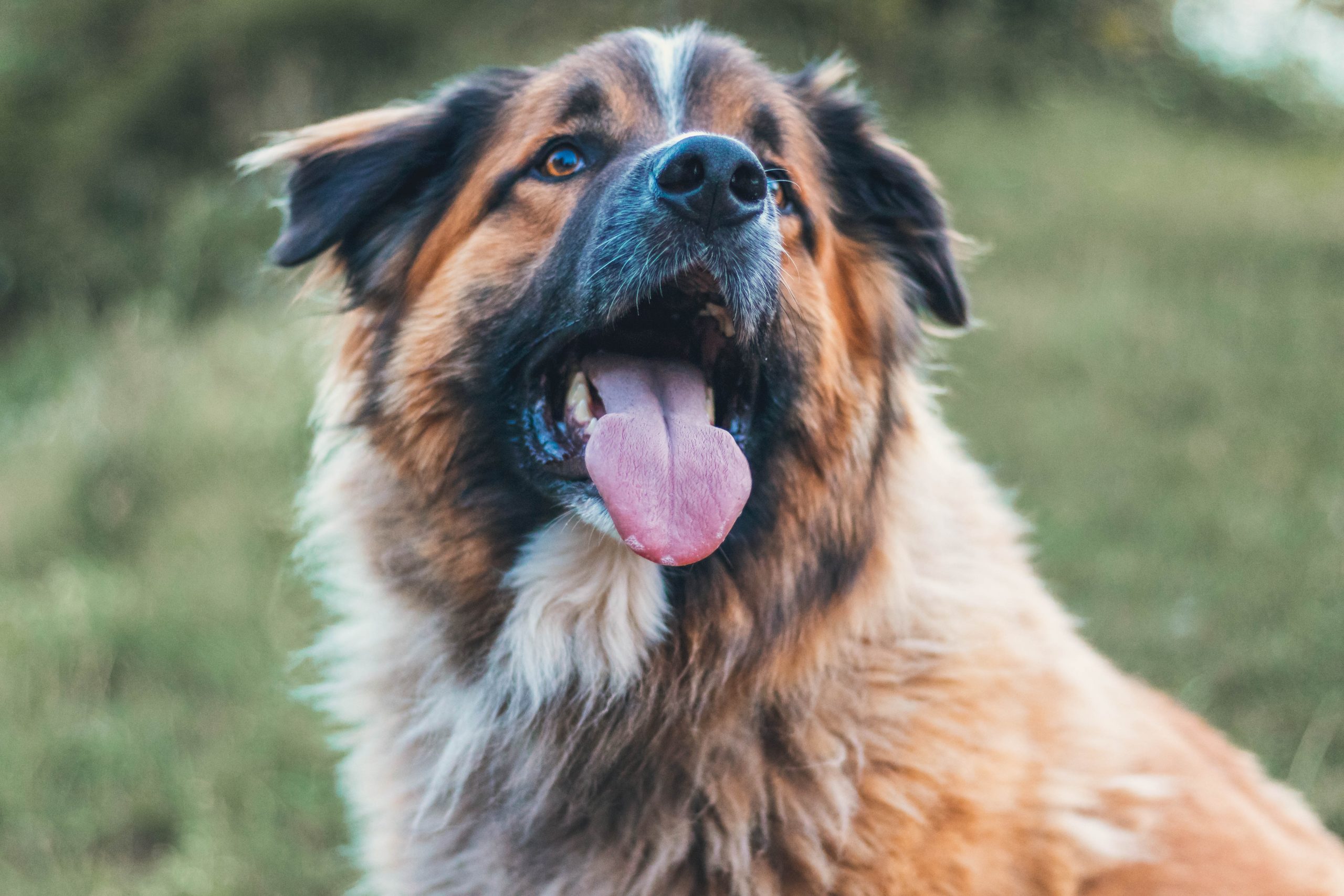 Shutterstock
Shutterstock
Dogs experience the world with their noses first and their eyes second. While we humans rely heavily on sight, dogs live in a constant cloud of scent that tells them everything they need to know—who’s been here, what they ate, if they’re nervous, and even how far away they are. Their sniffing skills are so advanced, it’s like they’re reading invisible newspapers written in smell. With up to 300 million olfactory receptors (compared to our measly 5 million), dogs have a superpower we can only dream of. If you’ve ever wondered what your pup is sniffing so intensely, these fascinating facts will help you understand the wild, wonderful world of canine scent.
Dogs Can Smell in 3D
 Shutterstock
Shutterstock
Dogs don’t just smell a scent, they know where it’s coming from. Thanks to the unique structure of their nostrils, they can detect the direction of a smell, almost like we use our eyes to see depth. Each nostril works independently, helping dogs create a scent “map” of their surroundings. This ability helps them track scents with amazing accuracy, even over long distances. It’s basically a GPS made of smells.
Their Sense of Smell is Up to 100,000 Times Better Than Ours
 Shutterstock
Shutterstock
Yes, really. Depending on the breed, a dog’s nose can be tens of thousands of times more sensitive than a human’s. That means while we might detect a faint whiff of dinner, a dog could smell every ingredient, where it came from, and whether it was cooked yesterday or today. It’s like comparing a plastic magnifying glass to the Hubble Telescope.
They Can Smell Time
 Shutterstock
Shutterstock
Dogs can actually perceive the passage of time through scent. As the day goes on, the smell of people, objects, and places changes in ways we can’t detect. Dogs notice these shifts and can use them to anticipate events, like when you’re about to come home or when it’s time for dinner. It’s part of why your dog is always waiting at the door right before you walk in.
They Smell in Layers
 Shutterstock
Shutterstock
To us, a garbage bin just smells… bad. But to a dog, it smells like a buffet menu. They can separate layers of scent, picking out each item like a chef analyzing a complex recipe. That’s why dogs can find drugs in a suitcase full of dirty laundry; they don’t smell one thing, they smell everything, separately.
Their Noses Never Turn Off
 Shutterstock
Shutterstock
Even when sleeping, a dog’s nose stays alert. While their bodies rest, their noses keep tabs on the environment, ready to detect changes in scent that might signal a visitor, a threat, or even a snack. It’s like they have a built-in home security system, complete with snoring.
Dogs Have a Special Organ Just for Smelling Pheromones
 Shutterstock
Shutterstock
Located in the roof of their mouths, the vomeronasal organ (also called Jacobson’s organ) helps dogs detect pheromones. These are the invisible, scent-based signals animals use to communicate mood, mating readiness, and more. This organ is one of the reasons dogs sniff each other’s behinds. It’s a scent exchange packed with information. Yes, it’s weird. But it works.
Their Wet Noses Help Them Smell Better
 Shutterstock
Shutterstock
You know that cool, wet dog nose you love? It’s not just adorable, it’s functional. A wet nose helps trap scent particles, improving a dog’s ability to pick up and analyze smells. Dogs will even lick their noses to keep them moist, which helps reset their scent receptors. So when your dog boops you with that damp snout, they’re basically just refreshing their sniffing tool.
Each Dog Has a Unique Scent Print
 Shutterstock
Shutterstock
Just like fingerprints in humans, every dog has its own distinct smell. Dogs recognize each other and their humans by scent, not by face. That’s why your dog always knows when it’s you’re coming up the driveway, even before you open the door. You smell like home, and there’s no mistaking that.
They Can Sniff Out Emotions
 Shutterstock
Shutterstock
Dogs are incredibly tuned into our emotions, and scent plays a big role in that. They can detect changes in body chemistry linked to stress, fear, happiness, or illness. That’s why some dogs alert to anxiety or panic attacks before they even happen. Your dog might be sniffing your mood before you’ve even caught up to it yourself.
 Shutterstock
Shutterstock
Bloodhounds, Beagles, and other scent hounds have noses that can follow a specific smell trail for miles. They don’t just smell the target, they follow a changing scent path like we might follow footprints. They can distinguish between dozens of overlapping smells and still stick to the one they’re supposed to track. It’s equal parts science and magic.
Dogs Can Be Trained to Detect Disease
 Shutterstock
Shutterstock
From detecting cancer to sniffing out low blood sugar, dogs are making waves in the medical world. Their ability to sense changes in human scent caused by illness is opening new doors in early detection and monitoring. They’ve even been trained to identify COVID-19 in humans. The phrase “a nose for healing” is becoming more literal by the day.
They Use Scent to Mark Their Territory
 Shutterstock
Shutterstock
When a dog pees on a tree or a lamppost, it’s not just taking a bathroom break, it’s sending a message. Scent marking tells other dogs, “I was here,” and often includes info about age, gender, and mood. It’s a smelly version of a Facebook check-in, complete with comments and replies (usually right on top of each other).
Puppies Are Born Blind, Deaf, and Guided by Smell
 Shutterstock
Shutterstock
When puppies are first born, they can’t see or hear. Their sense of smell is the first to develop and helps them find their mom for food and comfort. That early reliance on scent sticks with them throughout life. It’s the first sense they use, and arguably, the one they trust most.
The Sniff-and-Tell Superpower
 Shutterstock
Shutterstock
Dogs don’t just use their noses to smell, they experience the world through them. From detecting your mood to remembering where you’ve been, their sense of scent is their most powerful tool for understanding life. Every sniff tells a story, every pause is a moment of discovery. When your pup lingers to smell the grass or sniffs your clothes like a detective, they’re doing far more than we realize. So next time, give them a minute to decode the world, one fascinating whiff at a time.

 1 month ago
21
1 month ago
21


















 English (US) ·
English (US) ·